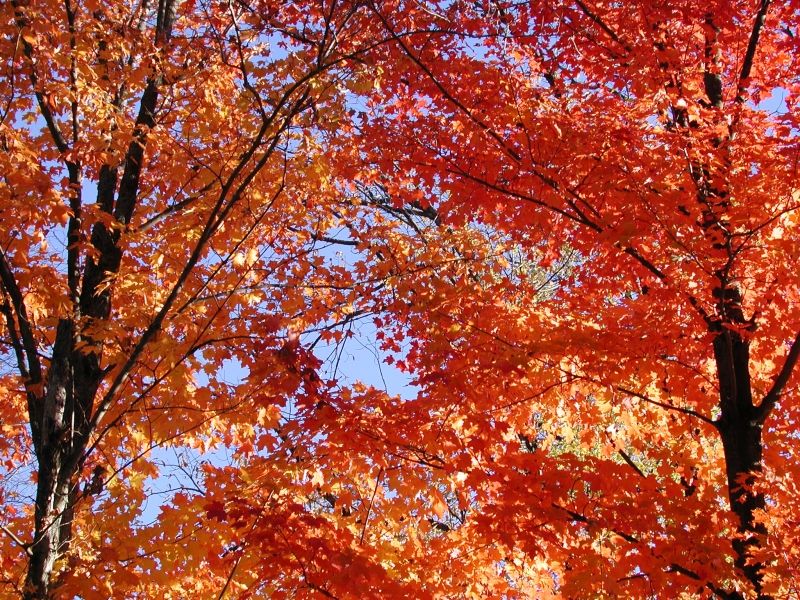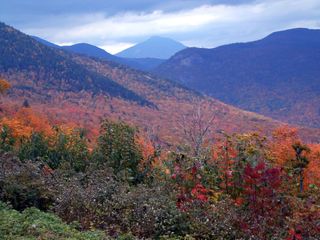
Leaf Forecast: Outlook Good for Colorful Fall

The pageantry of fall may be particularly lovely in New England this year, and thanks in part to a source that has otherwise brought nothing but heartache to many in the Northeast: Hurricane Irene.
The massive storm, which swept across New England at the end of August, caused devastating flooding and millions of dollars of damage. But aside from knocking over individual trees, the hurricane left forests and wooded areas fairly intact.
"People were hit really hard," said Kevin T. Smith, a plant physiologist with the U.S. Department of Agriculture's Forest Service research station in Durham, N.H. "The storm was very serious for human infrastructure. People suffered more than the trees did."
One reason the region's trees escaped relatively unscathed, Smith said, is because the storm happened early enough in the season that leaves were still firmly attached, and able to hang on in spite of Irene's winds.
In addition, the storm dumped a huge amount of rain on the region — and moisture is one of the key ingredients required for a spectacular show as the seasons change. It helps leaves hang on to the trees, allowing for a longer-lived display.

"There's adequate soil moisture so the leaves may be able to continue functioning longer than if they were entering the fall period under dry conditions," Smith told OurAmazingPlanet.
Although the annual show of color is a visual treat for humans, it serves a very practical purpose.
Sign up for the Live Science daily newsletter now
Get the world’s most fascinating discoveries delivered straight to your inbox.
As trees prepare for the onset of winter, they leech the sugars and nutrients from their leaves, in essence moving valuable sustenance to their protected insides so they can stay alive through the cold and dark of the coming season.
As nutrients are sucked out, the leaves gradually lose their rich green color, fading to the familiar fall colors of yellow and gold.
However, the rich reds on display in autumn are a different story. As summer wanes, some tree species manufacture a substance called anthocyanin, which helps them winterize. Anthocyanin is the same substance that lends red cabbage its purplish hue, and turns leaves crimson and scarlet.
In addition to moisture, temperature is also one of the drivers of fall color — specifically, variation in temperature, Smith said.
"Ideal conditions for bright displays would be sunny, warm days, and cold nights — it's that alternating that promotes the production of the anthocyanin pigment," he said.
Smith said that the leaves in his neck of the woods in New Hampshire have already begun to change, unrolling a tapestry of fall color.
"It's very pretty," Smith said, "and it's just beginning."
You can follow OurAmazingPlanet staff writer Andrea Mustain on Twitter: @andreamustain. Follow OurAmazingPlanet for the latest in Earth science and exploration news on Twitter @OAPlanet and on Facebook.










